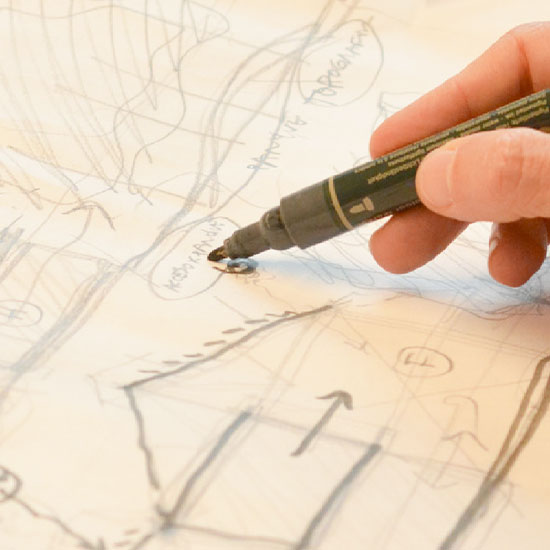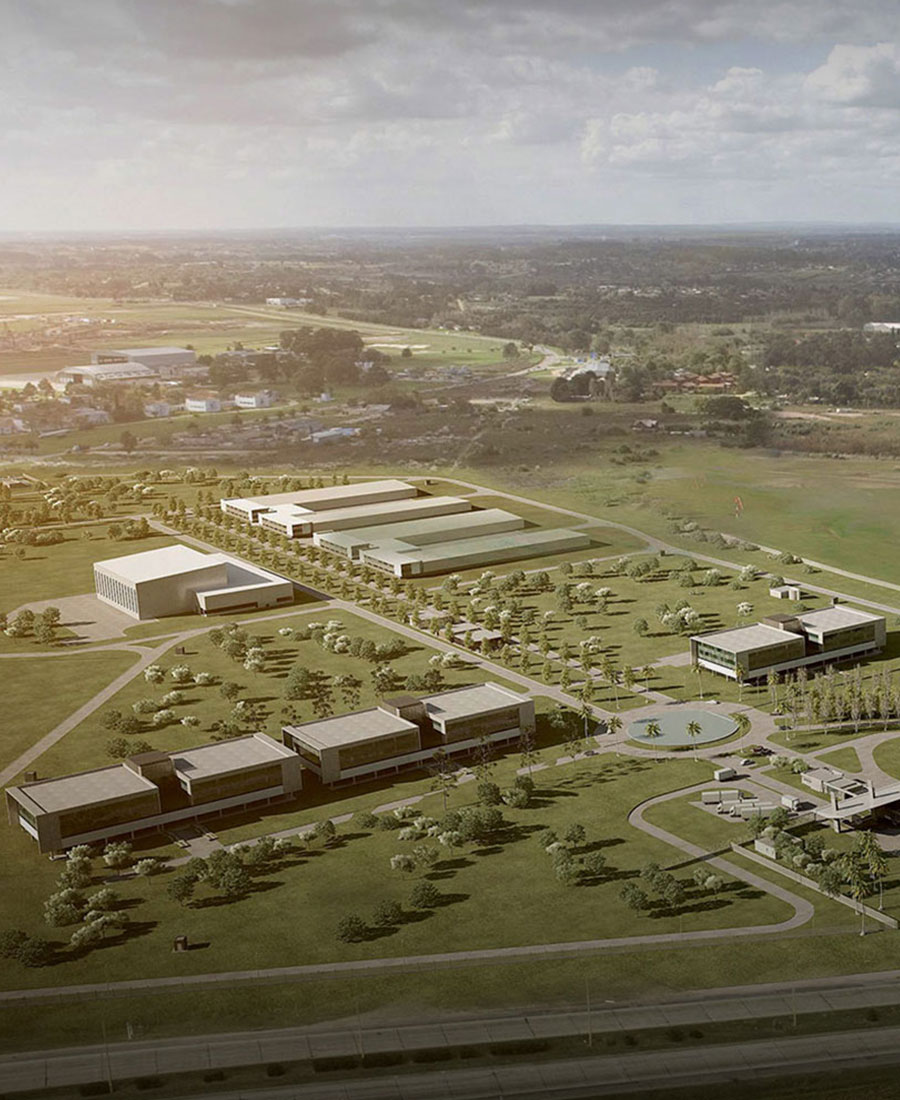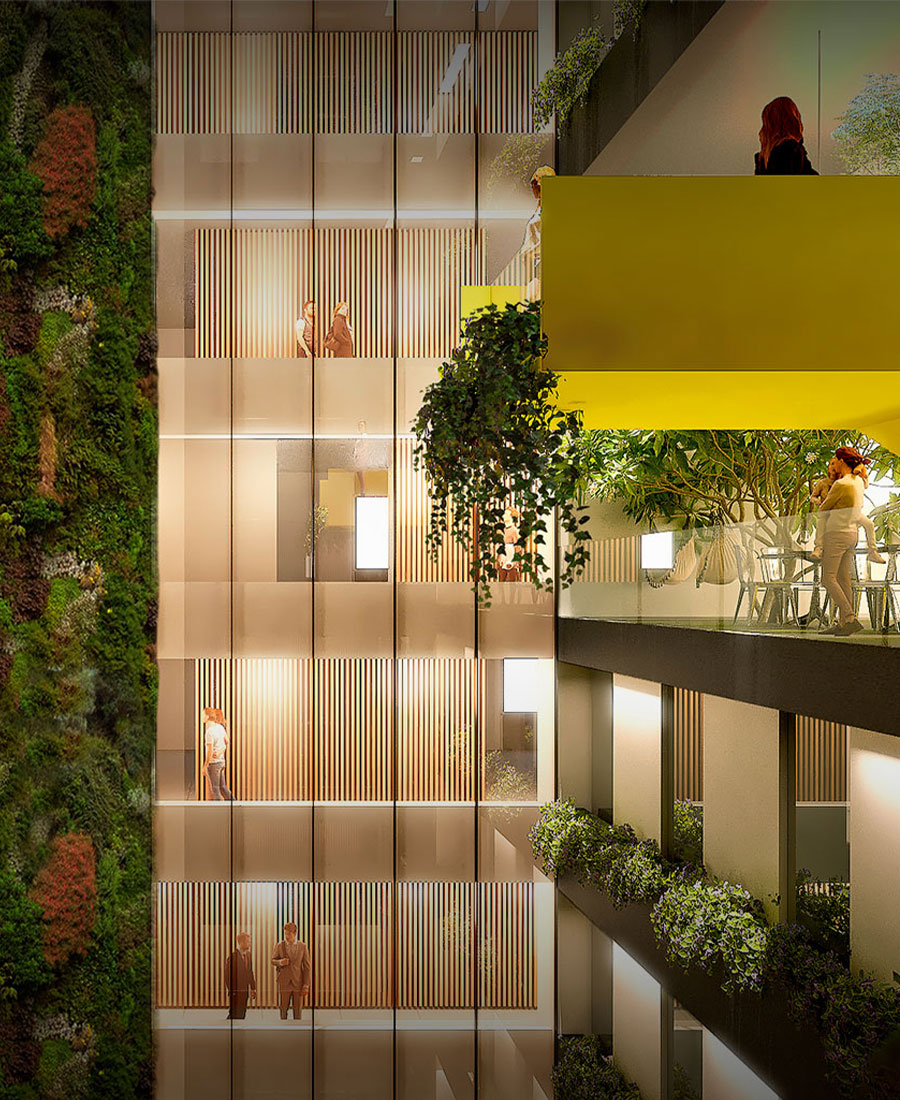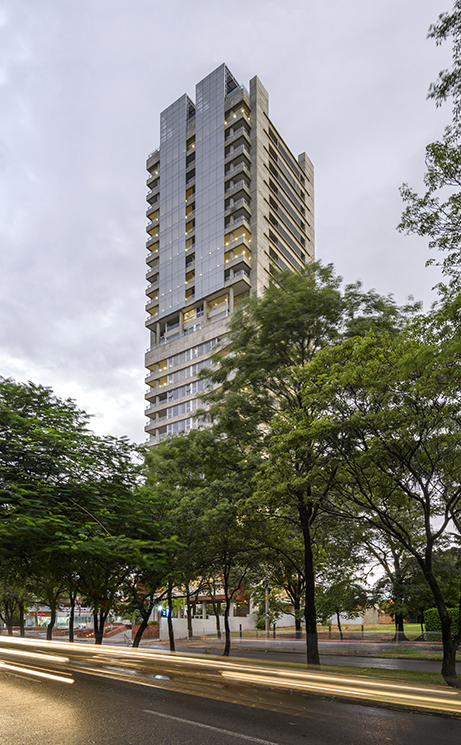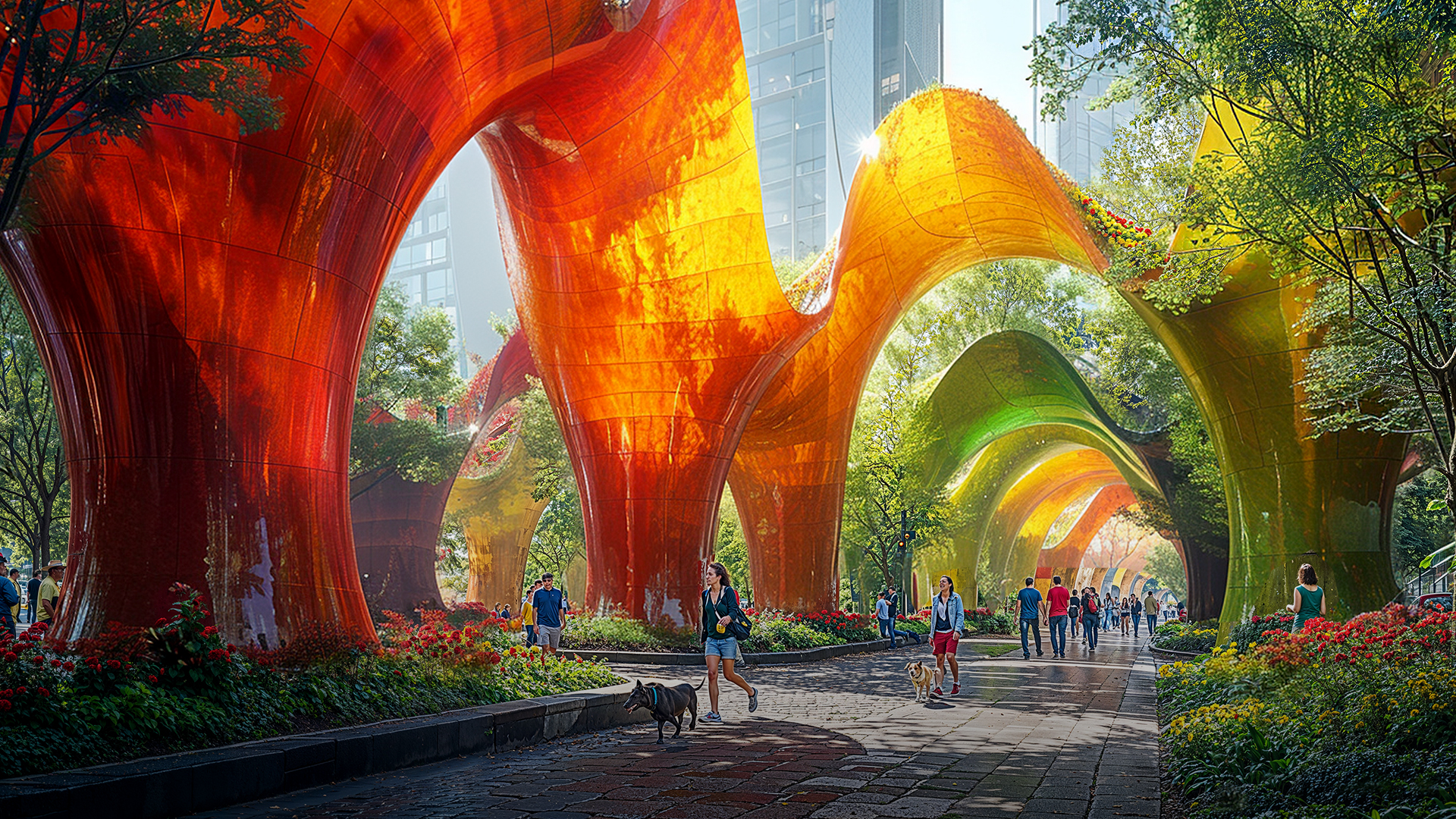

Reading time: 7 minutes
In today’s business environment, integrating technology and innovation is crucial for success and competitiveness. Service companies, in particular, can greatly benefit from adopting new technologies and innovative practices. Implementing technological solutions allows companies to enhance operational efficiency, reduce costs, and offer a superior customer experience. Additionally, constant innovation drives adaptability and responsiveness to changing market demands, ensuring long-term relevance and sustainability.
Benefits of Technology and Innovation in Architecture & Urbanism
In the field of architecture & urbanism, technology and innovation are essential for developing more efficient, sustainable, and user-centered projects, improving efficiency, quality, and customer experience.
Application of Technology and Innovation in Our Firm
GP has established the AI & Applied Technology area to leverage artificial intelligence (AI) in our areas with a focus on efficiency and customer experience. Its primary objective is to identify and understand opportunities for improvement in existing workflows and, based on this analysis, propose and develop technological tools that optimize processes, enhancing efficiency and innovation in daily practices.
Focus and Methodology of the Area
The AI & Applied Technology acts as a laboratory for the implementation of new technologies and processes, dedicated to testing the potential of emerging technologies and exploring their incorporation into daily processes. Some key exploratory initiatives include:
Artificial Intelligence (AI): A powerful tool that can significantly transform how we approach design and construction in architecture and urbanism. In our firm, we use AI for key applications that improve both the efficiency and quality of our projects.
AI has emerged as a revolutionary technology across multiple industries, and architecture and urbanism are no exception. AI’s ability to analyze large volumes of data, learn from them, and make accurate predictions makes it an invaluable tool for improving processes and outcomes in areas such as:
- Design Optimization
- Information Prediction and Analysis
- Task Automation
- Advanced Simulation and Modeling
Parametric Design: We apply data- and formula-based design methods, allowing us to approach projects from new perspectives. Using specific algorithms and parameters, we can generate multiple design variations, optimizing the use of materials and resources, and ensuring the precision and quality of our architectural solutions.
Data Analysis: We implement data analysis tools to support our project and functional decisions. By analyzing large volumes of data, we identify patterns and trends that enable us to improve our designs and construction processes, ensuring more efficient and sustainable solutions.
Immersive Experiences: We use Virtual Reality (VR) and Augmented Reality (AR) technologies for project presentations and the creation of precise simulations. These technologies allow for immersive design experiences, improving communication and providing a clear and detailed vision of the final project.
The implementation of technology and innovation in the architecture and urbanism sector not only improves the efficiency and precision of work but also elevates the customer experience and places companies at the forefront of the sector.
At GP, the AI & Applied Technology plays a fundamental role in this process, ensuring the adoption of the most advanced technologies while maintaining an innovative focus in all our projects.


